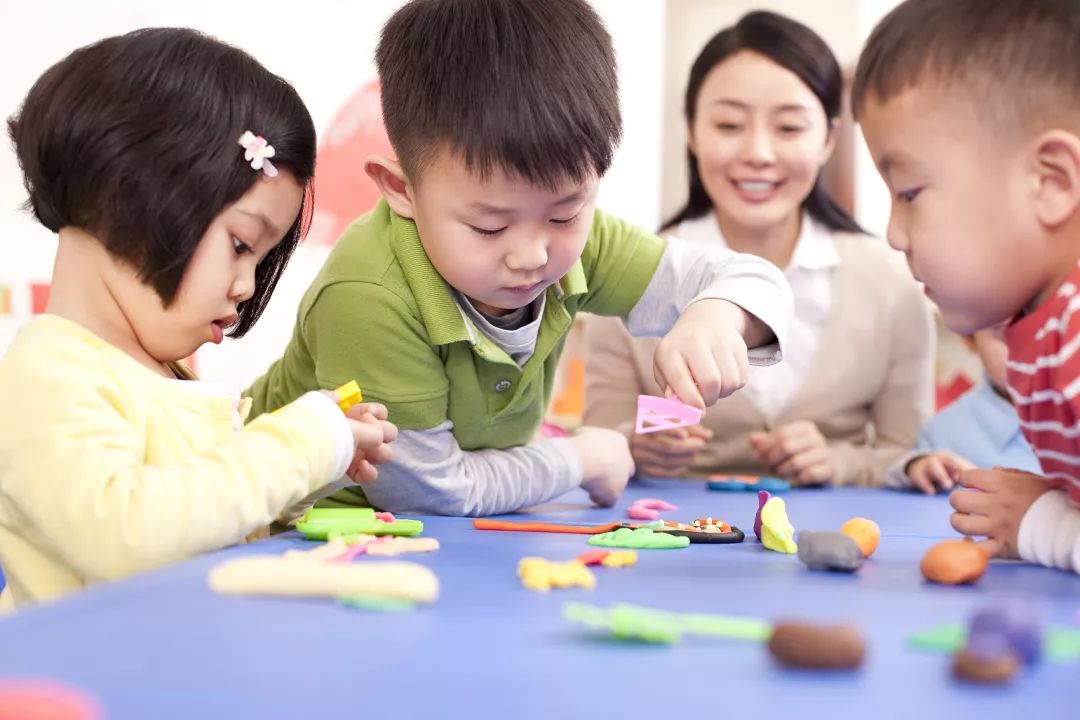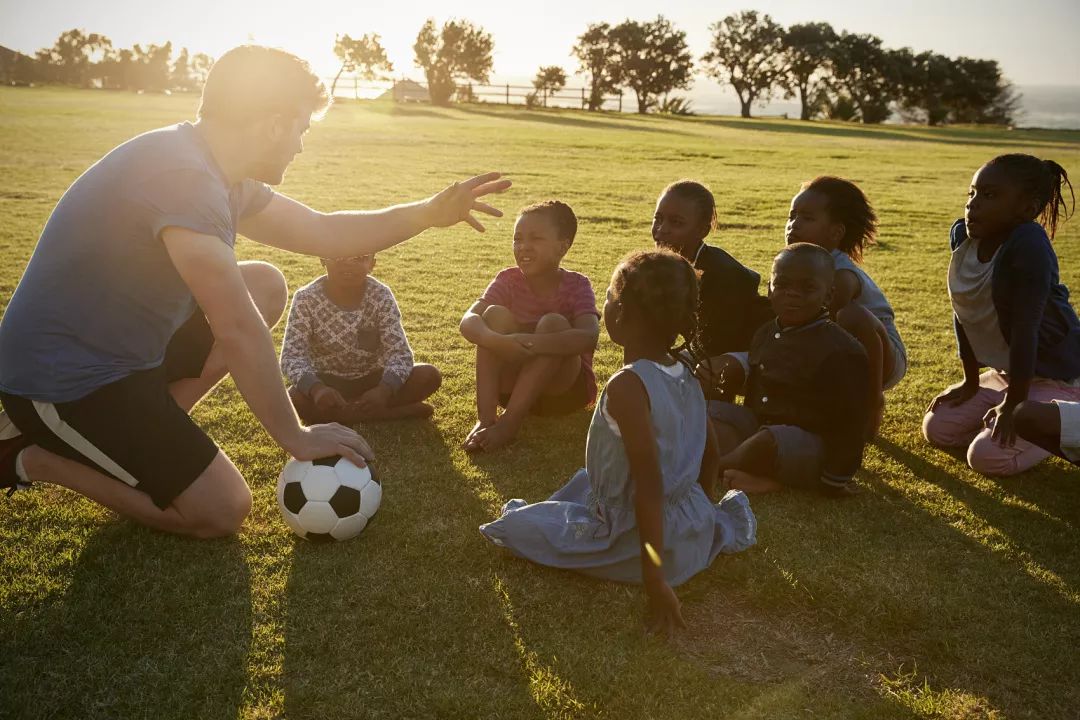Thinking about the innovation of early education projects.
Editor’s note: This article is from WeChat public account “ EdStars ” (ID : Edstars), author Carrie, Good Future Education Industry Fund Investment Manager.

The market is still cold in the winter There are educational innovation projects that make people stand out. Regarding early education innovation projects, this article will share some new thinking on product design and business models.
Educational products integrating attributes of consumption, socialization, etc.
Education products incorporating other attributes have appeared more frequently in areas with lower “stiffness” such as early childhood education, quality education, pre-service education, and adult learning. Part of the four products do not have the core characteristics of traditional education products, giving the “four dislikes” feeling, but it contains thinking about “5-10 years later, what kind of education products do we need”.

Take a pre-service training institution For example, its products hardly involve the transfer of any knowledge or hard skills. Instead, the PBL-style experiential learning and social entertainment attributes each halve. In fact, this form of “light learning” comes from the observations and judgments of the founders-except for the small group of students who want to sharpen their heads to enter the top positions, the 00s who grew up in a rich environment Not so interested in finding a job quickly and accurately after graduation.
With the high popularity of the benchmark Gap year in developed countries, young people in China are increasingly hoping to gain a richer off-campus experience before and after graduation and build their own network of contacts. Rather than launching volunteers and internships for months, short-term intensive projects can better satisfy young people’s desire for exploration and adults’ natural friendship.
Another characteristic of this type of project is that it embodies “humanity” everywhere. Traditional education products are aimed at “anxiety”, but in addition to anxiety, there are many easy-to-see characteristics in human nature- Laziness, love to take advantage of small advantages, like to show off your life, joyPleasing to see what kind of life others are living.
For example, in an early education institution, teachers would encourage parents accompanying the class to take more video photos and share them in the circle of friends. The agency will also open a small window in the classroom in the shopping mall, so that people passing by can “peek” into the classroom from outside. This is contrary to the traditional high-end early education institutions that do not allow taking pictures. The classroom will never be viewed outside, creating a mysterious behavior.
The actual effect of early childhood education products for children aged 0-3 is difficult to quantify. For the institution, whoever can grasp the parents’ psychology through a series of detailed designs will be one step closer to consumers. The same is true of quality education where it is difficult to feel the difference in content. For parents in the sinking market that have not yet been “baptized” by educational brands, a human-friendly product mechanism is very helpful in establishing a first-mover advantage.
Accurate discovery and operation of “closed flow pool”
Currently, the cost of online education to acquire customers is high, and there are two major sources of offline traffic to be tapped: one is the school, and the other is the community. The more sinking the market, the more critical the traffic from “acquaintance social” is.
Although the boom of home-school communication and online assignment products has passed, the natural strong trust relationship between teachers and students has not changed. There is still a lot of room for 2B and 2C products around key disciplines, especially the basic teaching ability. Insufficient low-level cities.
In such projects, the efficiency of entering the school and the ability to operate and service after entering the school are very important. If the equipment or system is put into the school, the teacher ca n’t use it, and the students or parents do n’t feel the need to use and pay, all of which have a great impact on the sustainability of the model.
With 2G, the pace of the market is also critical. Slow, may lose channel cooperation opportunities; fast, you may have to solve the problem of nurturing the market and educating users. In the beginning, what kind of cooperation relationship to establish with the agent or operator, at what node the profit sharing model is adjusted, how to grasp the pace of foreign expansion, how to promote product monetization, each link needs to be carefully considered.
The 2B and 2C model of the early childhood education market is easier to achieve rapid expansion. The difficulty lies in the short life cycle of the C terminal and the lower unit price. After kindergarten inclusiveness, many kindergarten principals acquiesced in the entry of “value-added education products”. Agents, private park owners, principals, preschool teachers, Kindergarten’s interest chain is clear and direct. Once the division model is established, it can quickly open up the entire area.
However, the educational concept of “home education” has not been widely popularized. It is not easy for parents to recognize the necessity of family education consumption. Therefore, for institutions focusing on 2B and 2C in kindergartens, first enter the classroom scene with a full set of teaching solutions, and then find a more relevant entry point for the family scene.More suitable.

Another sports item As an example, this project taps the value of community traffic and community sites. Sports is naturally a multiplayer scene, and parents are willing to share lessons. Forming a unified class in a community open space also solves the problem of the lack of the most critical and expensive venues for sports training programs.
Expand to think, What kind of resources can be released in addition to outdoor open space in China’s almost unique community culture? Apart from children, is there any reference for the adult and senior education market? These are points that you can continue to dig.
In addition, Internet entrepreneurs have gradually become a trend in education and entrepreneurship, and they have a deeper understanding of rational expansion and refined operations. Several entrepreneurs recently contacted will basically do a thorough adjustment of the market for more than one year before the product goes online. At the same time, they will analyze the user portraits and psychology of front-line buyers and users and form valuable cognition.
Perhaps, only by understanding the “earth” of the education market can we truly create a sustainable “new”.